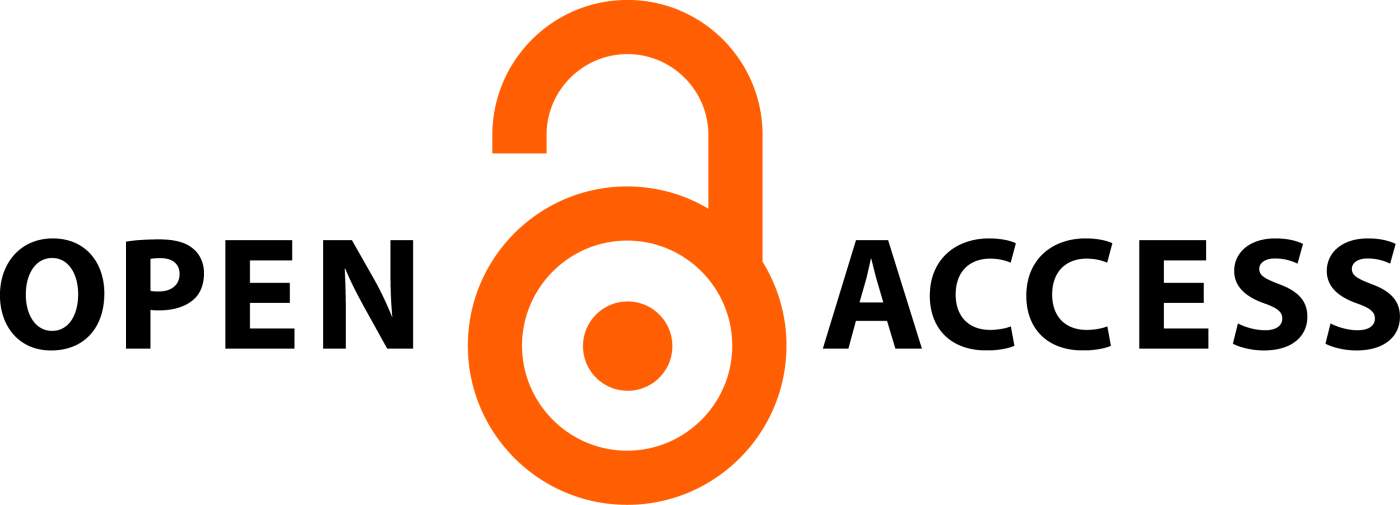POLY CYSTIC OVARIAN SYNDROME: AN UPDATED REVIEW
Abstract
Polycystic ovarian syndrome(PCOS) is the most common endocrine and inflammatory disorder in women associated with oligo-anovulatory infertility and cardiometabolic disorder. Insulin plays a vital role in PCOS; it is also responsible for regulating the action of ovarian and liver metabolic enzymes and also involved in the production of Androgens. The hyperandrogenism prevalence nearly (70-80%). In PCOS, the target tissue is controlled by sex hormone-binding globulin(SHBG) because this is a type of protein produced by hepatic and tightly bind with testosterone and as well as dihydrotestosterone (DHT) and estradiol.[3] Currently study reported, associated with rs6259 polymorphism with link SHBG level and PCOS in most Indian women, nearly 3-5%. The PCOS cases associated with isolated functional adrenal hyperandrogenism and the remaining case of PCOS maybe lack clinical evidence of steroids secretory dysfunction. Most of the females are obese in PCOS; the treatment approaches of PCOS are towards improving insulin tolerance reduce the level of androgen and maintain the normal menstrual cycle and regulate proper fertility. Nonpharmacological approaches are also helpful, like proper exercise, weight management, and maintain healthy diets. The etiology is still unclear, not clear, and has no cure. Some studies reported dysregulation of the gut microbiome and played the crucial role played in Pathogenesis in PCOS.
Downloads
All the articles published in JAPSR are distributed under a creative commons license (CC BY-NC-SA 4.0)
Under this license, you are free to:
- Share- copy and redistribute the material in any medium or format for any purpose, even commercially.
- Adapt- remix, transform, and build upon the material for any purpose, even commercially.
The licensor cannot revoke these freedoms as long as you follow the license terms.
- Attribution — You must give appropriate credit , provide a link to the license, and indicate if changes were made . You may do so in any reasonable manner, but not in any way that suggests the licensor endorses you or your use.
- NonCommercial — You may not use the material for commercial purposes .
- ShareAlike — If you remix, transform, or build upon the material, you must distribute your contributions under the same license as the original.
- No additional restrictions — You may not apply legal terms or technological measures that legally restrict others from doing anything the license permits.
Copyright policy
The journal allows the author(s) to hold the copyright of their work. That means the authors do not need to transfer the copyright of their work to the journal. However, the authors grant JAPSR a license to publish the article and identify itself as the original publisher.
Licensing policy
The journal allows the author(s) to hold the copyright of their work. That means the authors do not need to transfer the copyright of their work to the journal. However, the authors grant JAPSR a license to publish the article and identify itself as the original publisher.






